


The issue of the occurrence of mental illnesses was the subject of the studies published in both medical and sociological journals. The first pioneering works in this subject were written by R.E.L. Faris and H.W. Dunham from the Chicago school in 1944. Their work was based on quantitative studies. Qualitative studies, on the other hand, were hidden in the description and characteristic of the areas examined, and not enumerated in the methodology. The author of the article, conducting the research on the arrangement of people psychiatrically hospitalized in the area of Tarnowskie Góry, started from quantitative studies. Initially, though, he assumed that in these studies he can base on the administrative division of the city because the majority of the problems examined appeared in the estates with dominant flat estates whereas in the mixed structure districts dominated the problems in less attractive places. Knowing in which districts and areas the very problems dominate, one can make further considerations on the existence of possible relations. One’s own observations and deliberations on these places constitute the qualitative data stored in one’s mind. R.E. Park wrote that a researcher must “pass” many places to make his/her opinion. Thus, it is very likely that these initial observations, sometimes unintended, and, later on reconstructed, may give more information than an attempt to use selected techniques of qualitative studies, especially in such an attractive subject for the majority of inhabitants as the place of living of mentally ill people. One can add that a photographic method supplementing the data would be helpful here as it would leave certain openness for interpretation and freedom in selection of situations for consolidation and further analyses. The author of the work spent many hours thinking how to take an active part (a participant observation) and obtain information on a given subject in selected urban areas but as a rule, he was convinced that the issue of the occurrence of mental disorders the areas of the city was beyond a direct perception of its inhabitants.
More...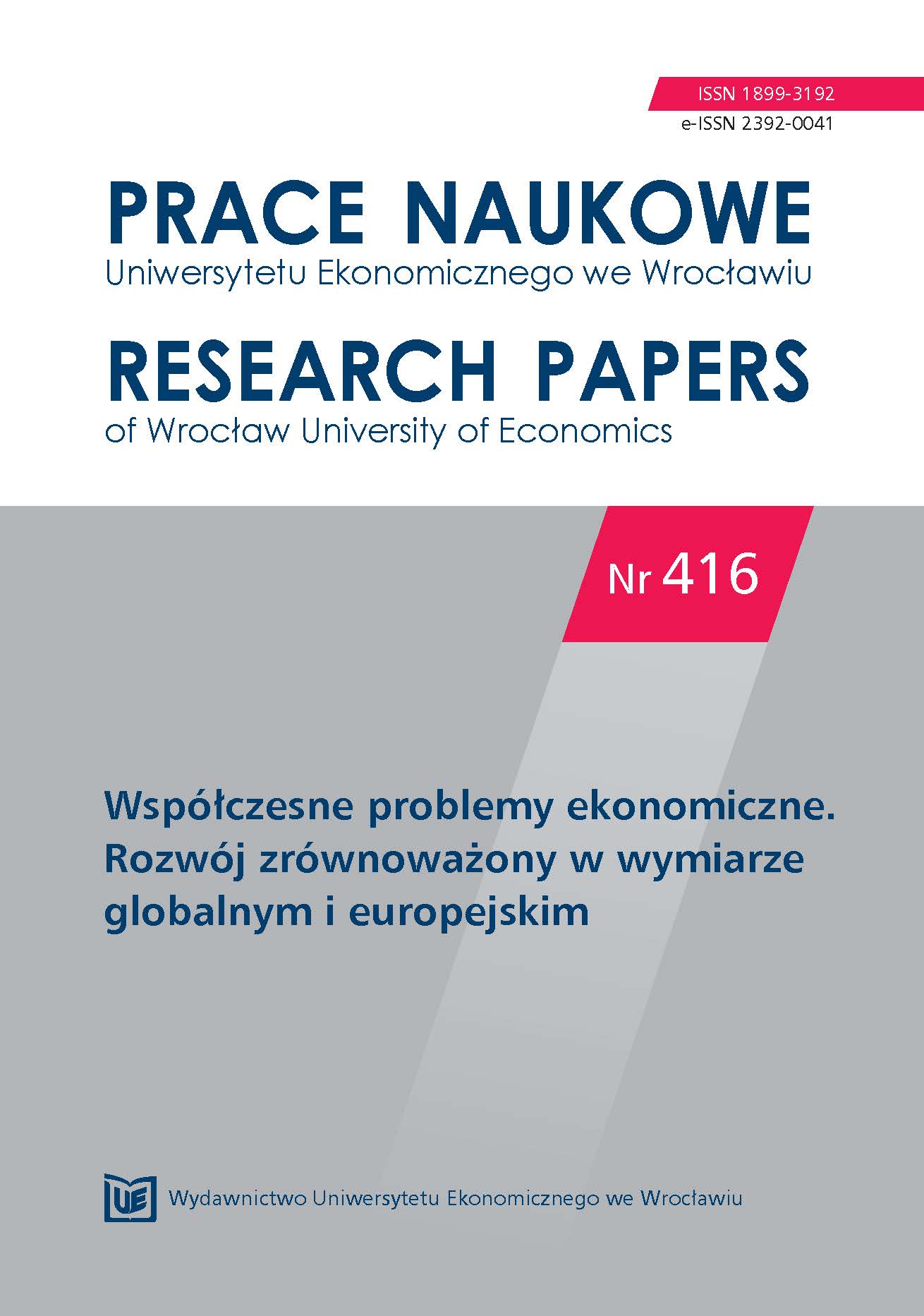
Keywords: fiscal policy; countries of Central and Eastern Europe; public debt
A few years after the economic crisis, topics concerning the effectiveness of fiscal policy are of particular importance. In the last seven years the condition of public finances in the countries of Central and Eastern Europe has deteriorated. The governments of these countries with varying effect were handling the mechanisms of fiscal policy in order to stabilize the economy. In the countries where expansionary fical policy was implemented, relatively smaller dynamics of economic growth was observed. In the countries where restrictive fiscal policy was implemented the economic growth rates were higher after the economic crisis. The main objective of the article is the trial of evaluation of the impact of fiscal policy on the condition of public finances and economic recovery after the crisis in the countries of Central and Eastern Europe.
More...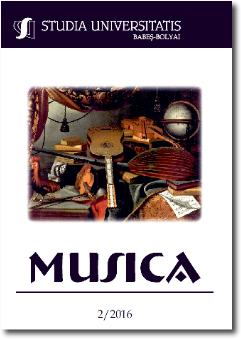
Keywords: music; language; structural convergence; structural linguistics; bio linguistics.
This paper is the result of a research aimed at finding new ways of approaching a musical text, to release the music embedded in a musical score and reveal its deeper meanings. The close connection between music and language makes it difficult to define borders. According to scholarly hypotheses, the earliest communication form was a sound system, a musical protolanguage, as Darwin and Bernstein defined it. The study conducted herein aims to identify and analyse possible structural convergences between music and language. Therefore this relationship was investigated based on recent research in bio linguistics, language acquisition, and sonorous linguistic systems.
More...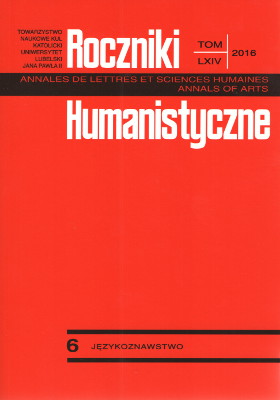
Keywords: legal translation; criteria of legal translation; evaluation models; legal terminology; translation of languages of lesser diffusion
The paper presents the research within the project TransIus — From conventions to norms in the legal discourse, a cooperation between Matej Bel University in Banská Bystrica and Comenius University in Bratislava. The research aims a permanent improving of quality of legal text translations, combined with elimination of terminological disunity of legal language. Especially in combinations with smaller languages (in the case of this project Dutch & Slovak), the interpreters face unclear situations, caused by cultural differences, a low amount of speakers and discrepancies between both legal systems. Terminological research possibilities in such situation are very restricted. Thus, the TransIus project has also an interdisciplinary character, co-operation with experts-lawyers is one of the elementary pillars of the project team work. The article explains the main features and specifics of legal translation between these languages. It makes a choice from existing evaluation models of various authors as the most applicable for the researched situation of legal translation between languages of lesser diffusion. This model is demonstrated by means of an example of problematic translation of governmental terminology and possible problems of the further research are described.
More...Keywords: International Red Cross; Henry Dunant; the wounded and sick;
This paper gives a brief history of the International Red Cross, which was established in Geneva in 1863. One of the initiators and founders of the International Red Cross was Henry Dunant, Swiss businessman and social activist. The original Henry Dunant’s idea was that the International Red Cross to help the wounded and sick in war. However, later the International Red Cross has played a major role in the humanization of the war and arm conflicts, and has expanded its activities to other categories which were also the victims of war and armed conflicts, such as civilian population, prisoners of war, shipwrecked, medical personnel, religious personnel and others. It is also important the role of the International Red Cross in times of peace, when great natural disasters occurs, such as earthquakes, floods, epidemics, droughts, volcanic eruptions, and other. Today, the International Red Cross is the most widespread international organization, which has its membership in all modern states. Organization of the International Red Cross was founded in Serbia in 1876, and played a major role since its establishment until today.
More...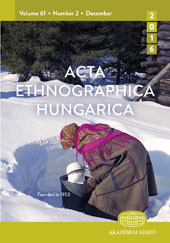
Keywords: mural painting; restoration; protection of monuments; chapel; The Deposition of the Cross; Johann Georg Morzer; Dietach;
Beneath the former hospital of Dietach in Upper Austria there is a small chapel situated, which was supposedly built by the famous Baroque architect Johann Michael Prunner. He was the architect of Graf Franz Josef von Lamberg (Steyr), who founded the hospital of Dietach in 1687. In 1997 the chapel had to be removed because the street in front of it had to be enlarged. To save the chapel from destroying, it was moved seven metres backwards from the street in a remarkable operation, which was financed by the owner, the Bundesdenkmalamt and the government of Upper Austria. The restoration of the chapel put forth a significant mural painting with an illustration of the deposition of the cross, painted by Johann Georg Morzer in 1752. He is the painter of the crucifixion in the Cellar of the Coelestine-Abbey in Steyr. Today the chapel is a popular tourist attraction, primaryly because of the fantastic, restored mural painting inside.
More...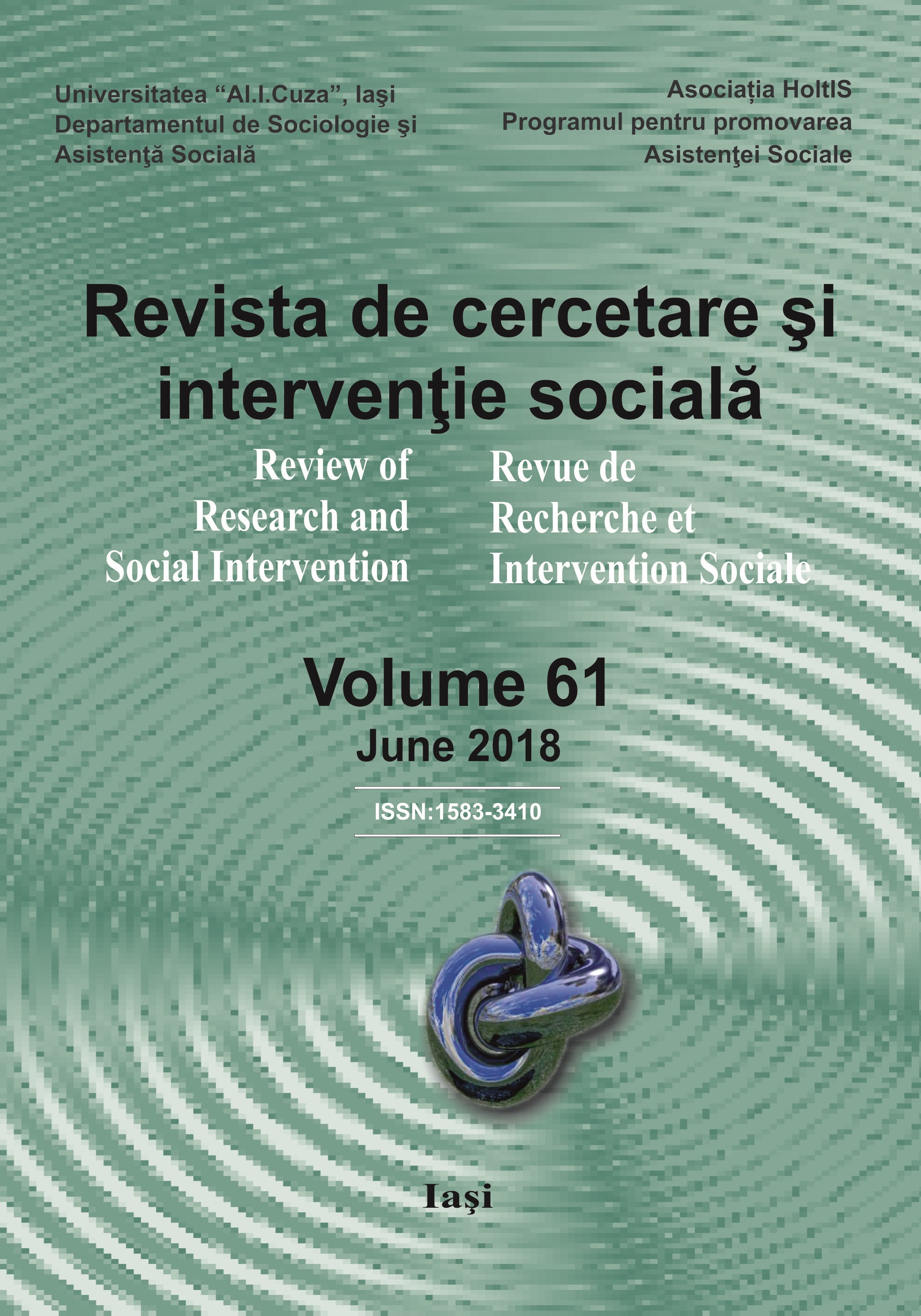
Keywords: Tetralogy of Fallot; child behavior check list; psychological testing; TOF early repair;
Psychological development of patients with surgically corrected Tetralogy of Fallot could be aff ected by the chronic preoperative cerebral hypoxia; therefore early repair is benefi cial for the outcome of these patients. 71 Tetralogy of Fallot patients were operated in Heart Institute between September 1st, 2001 and July 1st, 2006, all of them underwent corrective surgery, without prior palliations. Corrective surgery consisted of: transannular patch (46), infundibular patch ± PA patch (17), and transatrial and transpulmonary correction (8). The patients were divided into 2 groups, correction below age of 1 year and above 1 year, for comparative study of results. 13 patients were excluded for various reasons, and 58 patients were followed up, at 82.66±17.269 months, performing a Child Behavior Check List test. All the components of CBCL test were studied comparatively between the 2 groups: aff ectivity, anxiety, somatic, ADHD, opposing behavior and conduct problems, as absolute values and divided into normal, subclinical and clinical levels. Major diff erences were noticed between the two groups, as followed: aff ectivity and anxiety values (absolute values and normal, subclinical and clinical levels) were higher in patients operated after 1 year of age. Interestingly, aff ective and anxiety problems and opposing behavior were also correlated (statistically signifi cant) with the preoperative hematocrit. Delay in surgical correction beyond 1 year of age in patients with Tetralogy of Fallot could have deleterious eff ects over psychological development (aff ective, anxiety, somatic, ADHD, opposing behavior and conduct problems) of these patients, due to longer period of preoperative chronic cerebral hypoxia.
More...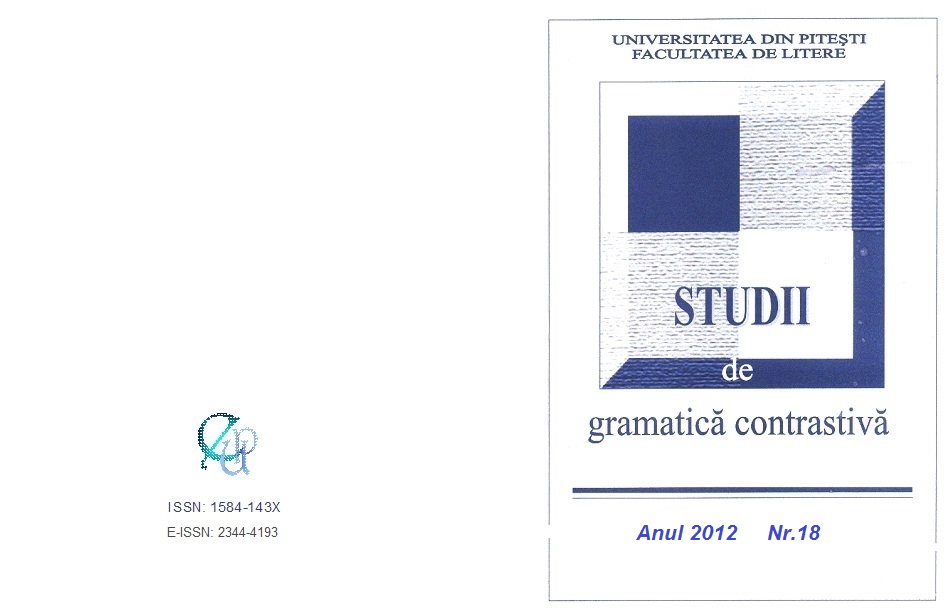
Keywords: speech act; pragmatics; additional meaning; context translation/interpretation; encyclopaedic knowledge;
This paper focuses on several aspects of discourse analysis, more specifically speech acts theory, which are important in the work of translation / interpretation from English into Romanian. An accurate reconstruction in the target language implies more than knowing and finding the most appropriate equivalents, but also interpreting the meaning in context offering as much as possible from the 'hidden substance' of the speaker's discourse. For such interpretation, there are rules, principles of communicative interaction, and set types of speech acts which may help the translator / interpreter to fulfil his work with professionalism and at a high standard.
More...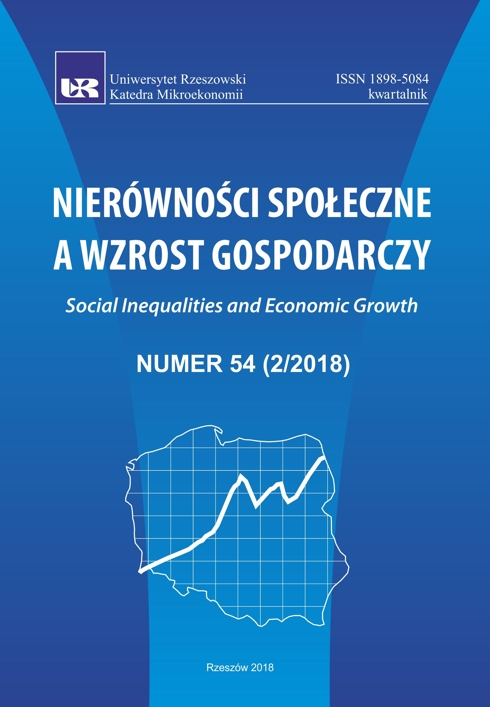
Keywords: human resources; training; development; KFS; coaching
In a changing world, necessary for the proper functioning of the organization is the development ofemployees, who are the most important part of the company. One of the methods of improvement of personnelis coaching. Coaching is a form of partner relations between the Manager (coach), and subordinates.This relationship enables the mutual sharing of knowledge, which in turn contributes to an increase inemployees’ qualifications, work efficiency and the formation of intelligent (learning organization). Linersteering through the provision of expert advice and creating an atmosphere of mutual trust, contribute tomore rapid and effective identification and eliminate problems in your organization. The effectiveness ofthe method requires the heads of certain skills in observation and diagnosis of the surrounding reality. Inconsequence, coaching is a form of development of both employees and managers.The aim of the article is the characteristics of the training process in polish organizations. In theoreticalpart, discusses coaching as one of the methods of staff skills improvement. Then, by analyzing thedata of GUS from 2010, shows the level of implementation of the learning process in Polish enterprises.In the last part of the article, National Training Fund was characterized as support for organizations fromthe Government in the process of promotion of education workers.
More...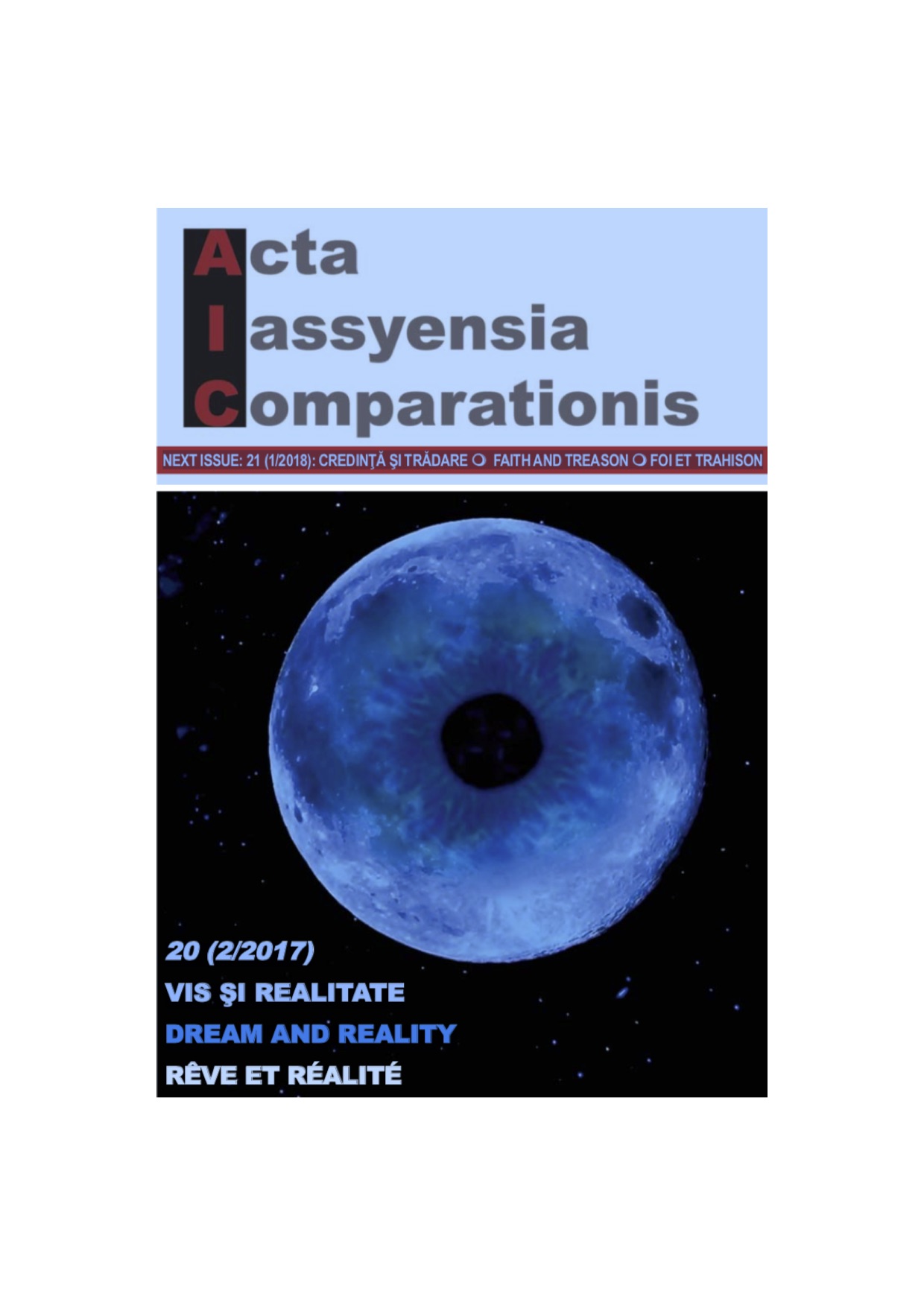
Keywords: dream-within-dream pattern; translation criticism and evaluation; translation strategies; functionalist approach; target culture orientation;
Starting from the intricate dream-within-dream structure of Mircea Cărtărescu’s short story Mendebilul, which “explores the territories of dream and childhood, theonly ones that stir the author’s interest” (Paul-Bădescu, 2013), this paper aims toassess the English version (in Julian Semilian’s 2005 translation – Mentardy) from a functionalist perspective. The choice of the topic is justified by the dream-basedcontent and structure of the short story, which are likely to turn into a touchstonefor translation. Therefore, since “the dream worlds are a trap for the reader” (Codrescu,2005: xi), we applied retrospectively Christiane Nord’s functionalist modelof translation criticism (1991) in order to analyse the target text against the originaland the context of reception of both the source and the target texts. Our analysishas shown that despite the fact that the translation generally follows closely theoriginal, it remains rather target culture oriented and adapted to the foreign readership.
More...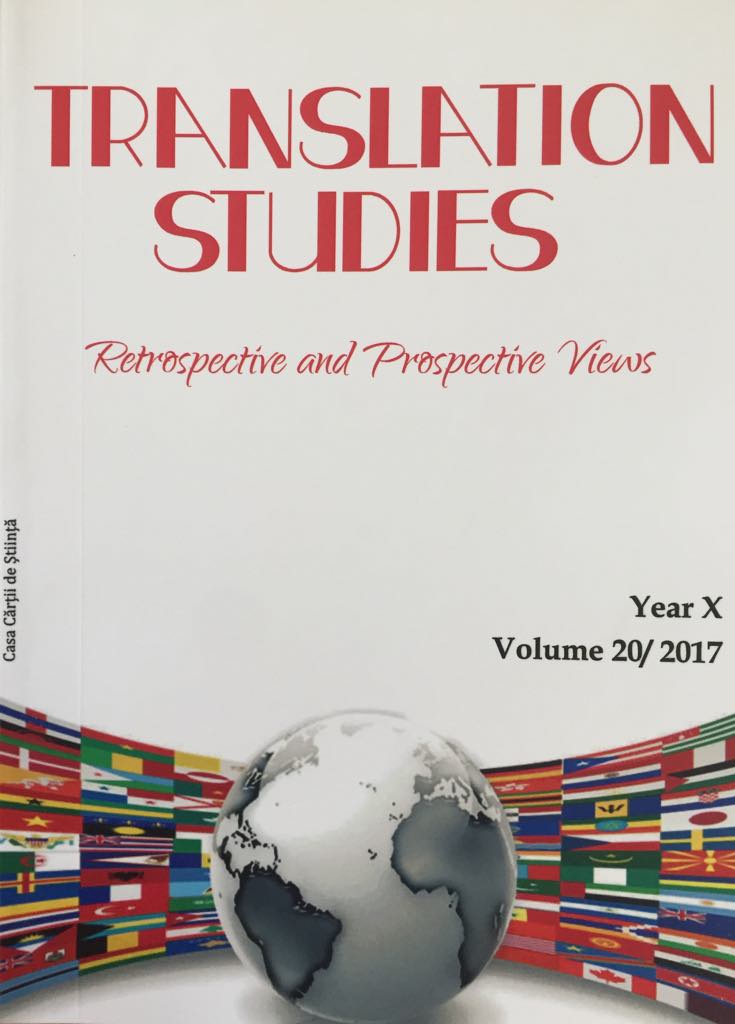
Keywords: idiom; translation; culture; equivalence;
Idioms are nothing but samples of peoples’ creativity. They are metaphors, showing imagination, playfulness and a strong sense of humor and they agreed to be culturally marked. Translators who have solid cultural awareness in the langauges in which they operate are likely to find the cultural equivalent of any source language (SL) idiom in the target language (TL), whichever the languages brought into contact may be. But, is this not an act of injustice made by translators to the SL idiom? Idioms are the reasult of creation in the sense that the meaning of an idiom is encoded in its linguistic form just as meaning is encoded in painting and poetry. Under the circumstances, why should idioms not be translated word-for-word from one language into another, so that everybody can enjoy the linguistic creativity of the people who created them? If a painting representing a man without a moustache is exhibited in a museum in a country where all the men wear moustaches, should the curator of that museum add a moustache to the painting? The present paper aims at giving an answer to the question whether idioms should be translated word-for-word or meaning-for-meaning.
More...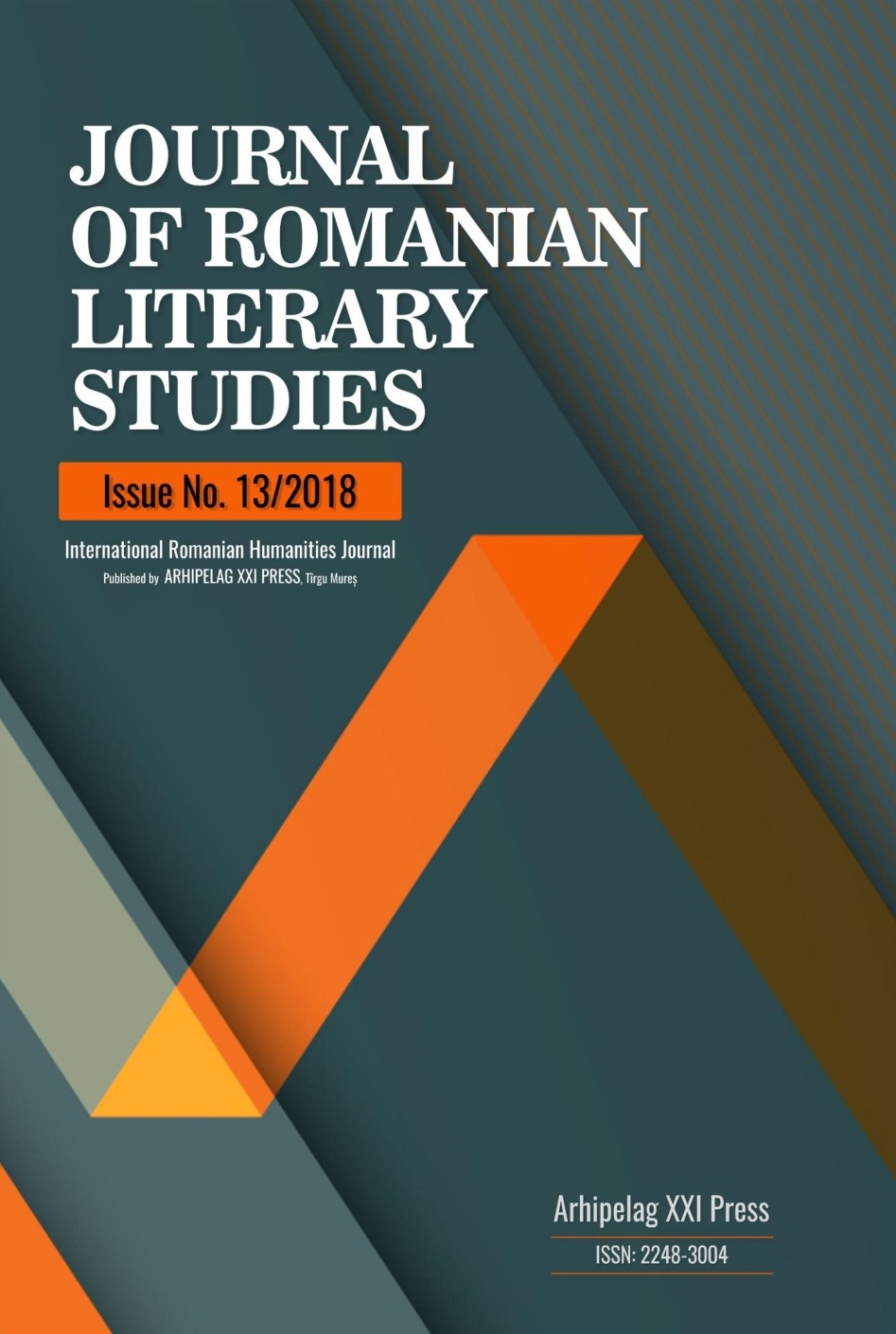
Keywords: translation studies; metaanalysis; historical evolution; translation; theory and practice of translation;
This study is a metanalysis of the notion translation studies. One of the most recent of humanistic disciplines, translation studies has been provided the name it is referred to these days in the early 1970s, although theoretical considerations regarding translation started to appear even in ancient times. Our paper focuses on different taxonomies related to translation studies, the terminological implications, related notions and we tend to present some of the most important theories regarding the conceptual meaning of the term `translation studies`.
More...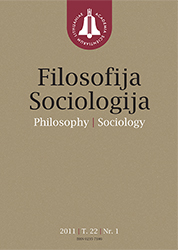
Keywords: Econometrics; philosophical presuppositions; constructing observations; emerging contrary result phenomenon; constructivist methodology;
The contemporary methodological debate focuses on studying the relation between models and reality regarding idealization and resemblance. Limited attention is put on the process of model building. The study focuses its attention on the latter. The purpose of this article is twofold. First, we reconstruct the philosophical presuppositions of the participants of a cliometric debate. Second, we employ the Fleckian constructivist philosophy with the aim of offering an account of how econometric facts are constructed. Contrary to our reconstruction of the process of ‘observing’ macroeconomic phenomena, econometricians ground their viewpoint in the scientific-realist and neopositivist philosophies of science.
More...
Keywords: translation strategies; translation techniques; movie titles; English-Russian translation;
The purpose of the present article is to popularize the findings and observations acquired from a corpus-based comparative case study of 200 English-language titles and their officially promoted Russian-language versions. The study observes and analyzes on a comparative basis the strategies and techniques employed in the translation of movie titles in the specific context of English-Russian translation. As a result of the nature of the study and its predominantly qualitative character, the results and observations are not intended to be representative or conclusive, but rather to provide a glance into the process of translation within a specific context, through the prism of a systematic classification of strategies and techniques. Due to volume limitations, the proposed article includes detailed analysis of only 10 titles excerpted from the entire corpus. These examples have been selected by the authors as representative to a large degree of the case study findings.
More...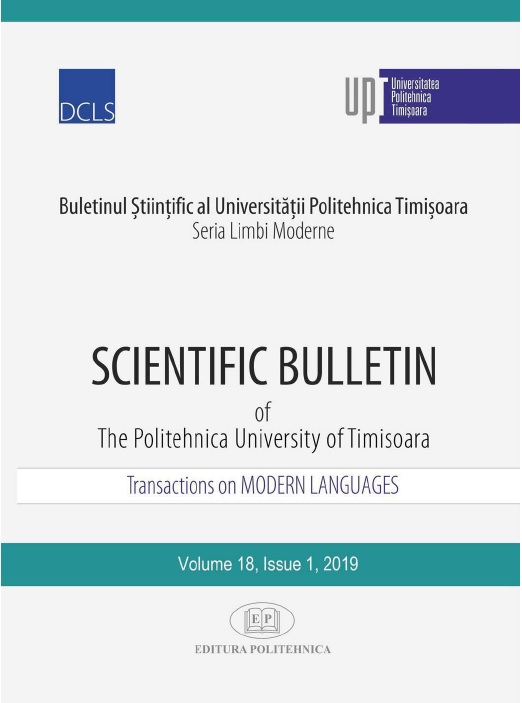
Keywords: analysis; metaphor; strategy; translation; (un)translatability;
Metaphors were traditionally viewed as powerful rhetorical tools, but more recent studies have acknowledged metaphors as cognitive, communicative and cultural elements. Whether linguistic or cognitive, metaphor translation requires metaphor analysis and metaphor analysis entails at least linguistic, communicative, social and cultural competence. Between the totally untranslatable and easily translatable metaphors, there are many other degrees of translatability. The main objective of this paper is to explore some of the techniques of metaphor translation between effortless translatability and total untranslatability by pursuing an inductive approach together with a description of the procedures and strategies used.
More...
Keywords: linguistic transfer; conventions in translation; contrastive analysis;
Linguists and translators rely on research in translation studies, contact and contrastive linguistics when it comes to successful transfer of structures which are not equivalent in source and target languages. There is still prevalence of researches which are focused on trying to establish a system which will be based on binary, contrastive assignment of features, which should be followed consistently throughout the translation process. The usage of this quid-pro-quo approach has put aside the cultural dimension(s) and layers, which inevitably constitute the most intriguing part of the translation process. This paper will focus on researching the conventional approaches to translation of linguistically-specific structures in L1 and L2, with particular focus on analysis of strategies used by the translators: either using or avoiding conventional or prescriptive norms, which are considered a(n) (un)written must. The basic questions which are going to be discussed are whether it is possible to find any or some proper measure of using strategies such as avoidance when dealing with translation of purely linguistic or cultural issues, and how plausible it is that such strategies actually work successfully.
More...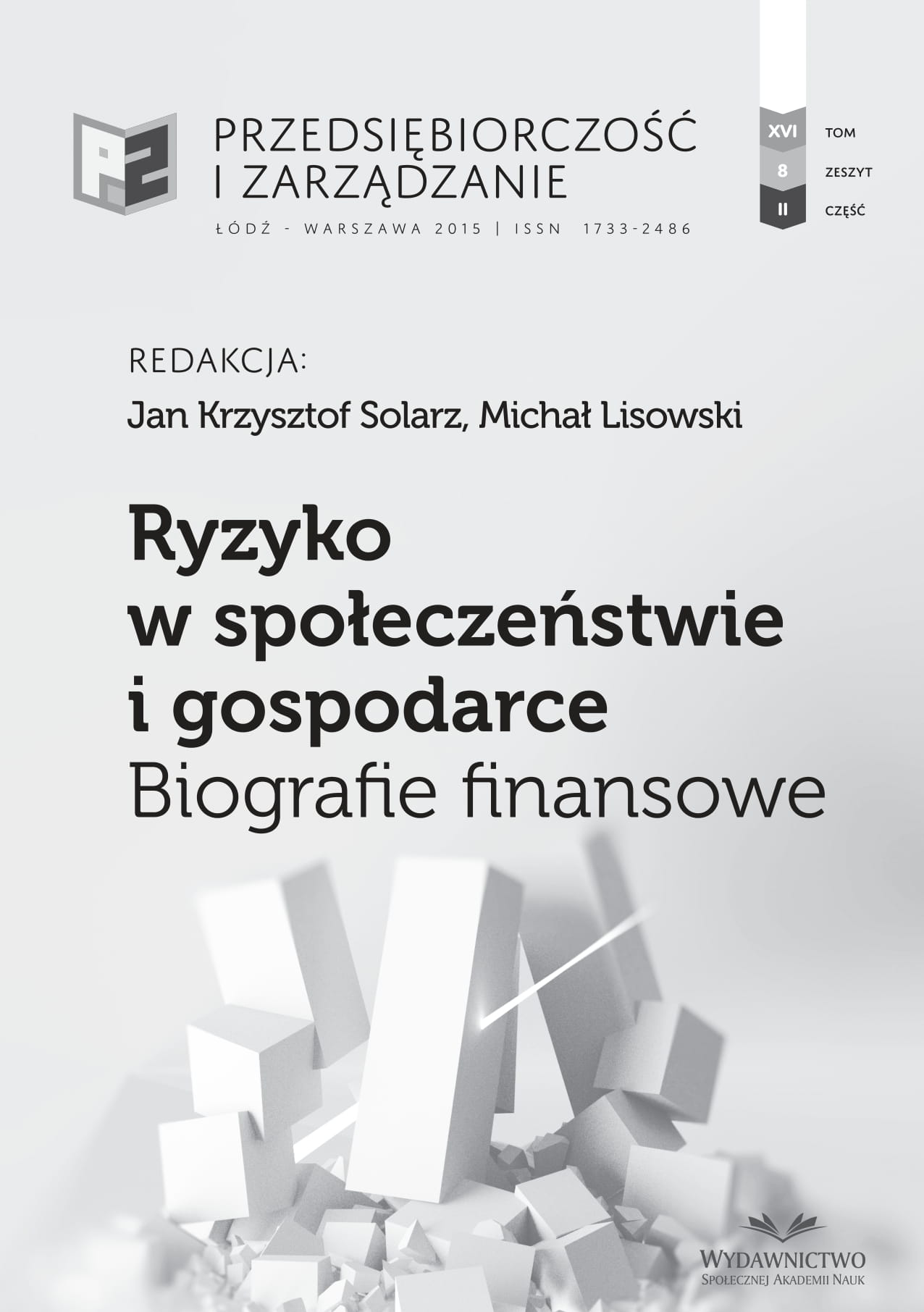
Keywords: natural environment; economic activity; risk; flora; fauna
Natural environment consists of abiotic (soil, water, air) and occurring in those biotic factors (plants, animals, microorganisms). Distribution of these factors on the Earth’s surface is varied. It is also distinguished by different aquatic ecosystems (rivers, ponds, lakes, seas), and lands ecosystems (fields, meadows, forests). In each ecosystem since its inception formed certain plant groups (producers) which, in the process of photosynthesis production organic matter, animal (consumers) and bacterial and fungal (decomposers) decomposing dead organic matter. All three groups together form a dynamic system of each ecosystem. Manufacturers are the food base for the various species of herbivores as consumers and-order. In turn, consumers and-order are eaten by predatory animals consuming second-order, and the latter consume larger predators or consumer third row. The dead specimens of all producers and consumers are decomposed by numerous species of fungi and bacteria saprophytic the so-called decomposers. Released by decomposers elements are the building blocks for the following generations of producers. Species composition of producers, consumers and decomposers in different ecosystems is different, dynamic and formed over centuries of existence of the ecosystem. All living organisms in each ecosystem are intertwined so-called trophic networks forming numerous food chains. Economic activity in the natural environment of man will sometimes drastic disturbances in the functioning of food chains. The activities of its often eliminate some of the cells food chains, while another if we introduce a new body to this ecosystem, which does not have this ecosystem his limiting factor (consumer) reproduces in huge quantities limiting the existence of other organisms often economically valuable. Becomes it when you do not take into account the conditions in the ecosystem trophic relationships on the one hand, ecological niche (environmental requirements), brought the body on the other side. The risk can be reduced to a minimum learning trophic relationships flora and fauna of the ecosystem in which to perform the specified economic activity. Disruption in the functioning of individual cells of trophic chains aquatic and terrestrial ecosystems are numerous both within manufacturers (plants) and consumers (animals) of all kinds. Instead of the expected business successes followed serious environmental perturbations brings major economic losses in the region, the country and even the continent state [Campbell 1995, s. 122; Czeczuga 2010, s. 12; Eldredge 1998, s. 82; Sukopp 1990, s. 75].
More...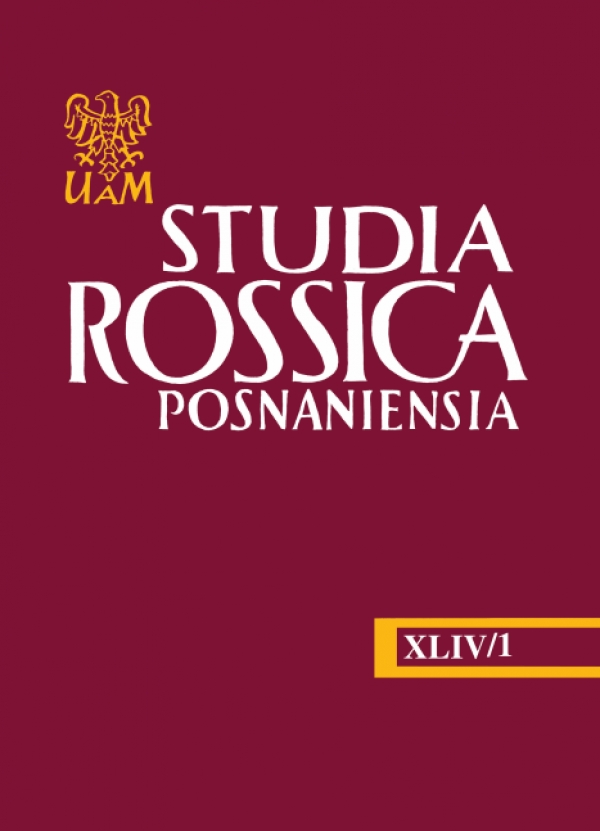
Keywords: verbalization; emotions; classical music; Russian; musical criticism
The paper is an attempt to present the ways of verbalization of emotions in Russian critical texts. The material shows examples of verbalization in two aspects of analysis: in first part the material has been divided into five groups and focused on the grammatical characteristics of the examples, in second part the author of the article attempts to compare the descriptions of emotions written in music score with examples of verbalization used in critical texts on music. The studied material shows a variety of ways of verbalization of emotions in analyzed texts.
More...
Keywords: reconstituted families; stepparents; siblings; family counseling
Today, so-called reunited families are an increasingly common type of family cohabitation. A considerable amount of research dealing with these families can be found in foreign literature. In the Czech environment, however, the issue of these families is neglected in research and very little is known about the specifics and dynamics of relationships between individual members of reunited families. Relationships within these families are quite intricately intertwined, especially from the point of view of a child who acquires a stepparent, a new sibling or other relatives. Exploring these relationships is not an easy task. Nevertheless, these families should not be neglected, as the disintegration of the original biological family is a stressful situation for all its members and affects the formation of a new family and, to a large extent, the development of children in these families. The following text presents an overview of the findings of mostly foreign research studies dealing with reconstituted families and the relationships between individual members of these families.
More...